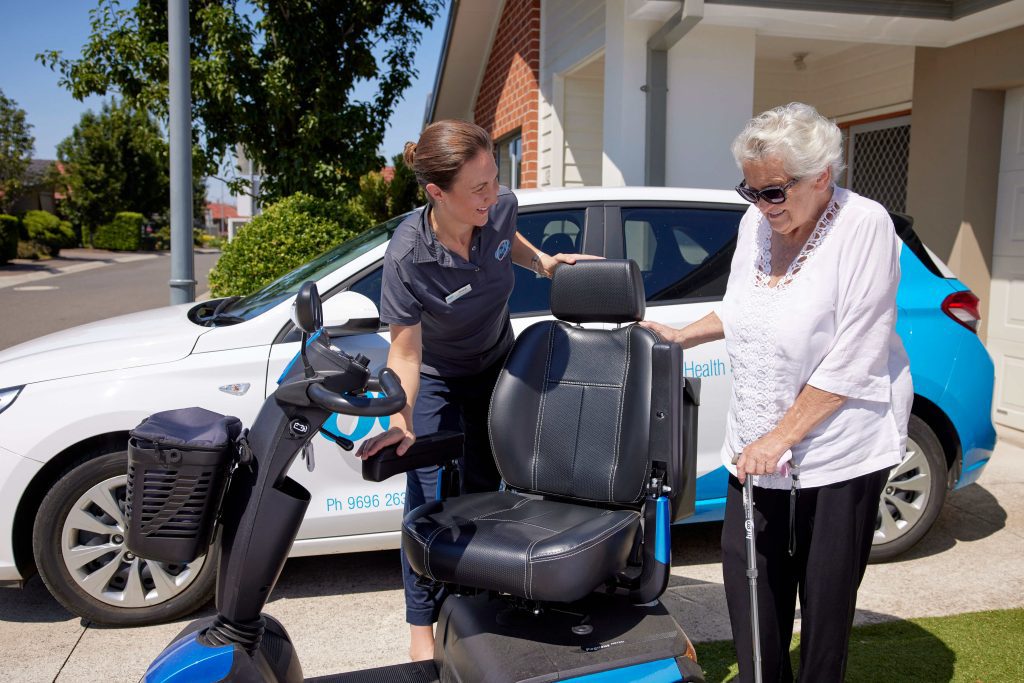In today’s fast-paced world, convenience and accessibility are at the heart of modern healthcare. One service that has gained significant importance is mobile occupational therapy (OT)—a patient-centered approach where therapy services are delivered directly at home, school, or community settings. This model not only saves time but also ensures that individuals receive care in the environments where they live, learn, and thrive.
Occupational therapy is designed to help people of all ages develop, recover, or maintain the skills they need for daily living and working. Traditionally, OT services were confined to hospitals or clinics, but mobile occupational therapy is changing that by breaking down barriers to access. Whether it’s a child struggling with fine motor skills, an adult recovering from surgery, or a senior seeking to remain independent at home, mobile OT brings specialized care right to their doorstep.
Why Mobile Occupational Therapy Matters
One of the biggest challenges in rehabilitation is applying learned skills to real-life settings. By delivering therapy in the home, school, or workplace, mobile occupational therapists can work with clients in environments that matter most. This personalized approach enhances both effectiveness and comfort.
For example:
- Children with developmental delays benefit when therapy is integrated into daily routines such as playtime, dressing, or schoolwork.
- Adults recovering from injury can practice real-world activities like cooking, bathing, or using household tools in their actual kitchens and bathrooms.
- Seniors facing age-related challenges can receive guidance on fall prevention, home modifications, and strategies to maintain independence without leaving their homes.
The convenience of mobile OT is also vital for families juggling busy schedules or individuals with mobility challenges who find it difficult to travel to appointments.

Key Benefits of Mobile Occupational Therapy
- Personalized Care in Natural Environments
- Unlike clinic-based therapy, mobile OT adapts treatment plans to the actual settings where challenges occur. This makes interventions more relevant and practical.
- Improved Comfort and Engagement
- Being in a familiar environment reduces stress and helps clients feel more at ease, making them more likely to engage actively in therapy.
- Family and Caregiver Involvement
- Mobile occupational therapy allows caregivers and family members to participate directly in sessions, helping them learn strategies to support progress between visits.
- Greater Accessibility
- For individuals in rural or underserved areas, mobile OT bridges the gap by bringing quality care directly to their homes.
- Holistic Independence
- Mobile OT doesn’t just focus on exercises—it teaches life skills. From dressing and feeding to returning to work or school, it empowers individuals to regain independence.
Common Areas Addressed by Mobile OT
Mobile occupational therapists work across a wide spectrum of needs, including:
- Pediatric support for developmental delays, sensory processing issues, and learning difficulties.
- Rehabilitation after injury, surgery, or stroke.
- Cognitive and memory support for individuals with dementia or brain injuries.
- Assistance with daily activities such as grooming, eating, or managing household tasks.
- Home safety assessments and modifications for seniors to prevent falls.
The Future of Occupational Therapy
As healthcare continues to shift toward patient-centered models, the demand for mobile occupational therapy is expected to grow. With advances in telehealth, many therapists now combine in-person visits with virtual check-ins, ensuring continuity of care. This hybrid approach makes therapy more flexible and accessible, particularly for families balancing multiple responsibilities.
Conclusion
Mobile occupational therapy is more than just a convenient alternative to clinic-based care—it’s a transformative model that empowers people to live healthier, more independent lives within their own environments. By addressing challenges where they naturally occur, mobile OT bridges the gap between therapy and everyday life.
For families, adults, and seniors seeking tailored support without the hassle of traveling to clinics, mobile occupational therapy offers a compassionate, effective, and practical solution. It brings the tools of independence, confidence, and well-being right to your doorstep.






Comments